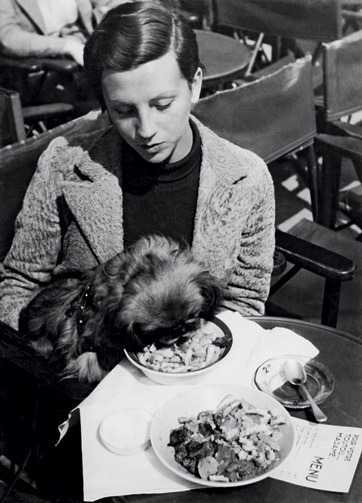#gerda taro
Text
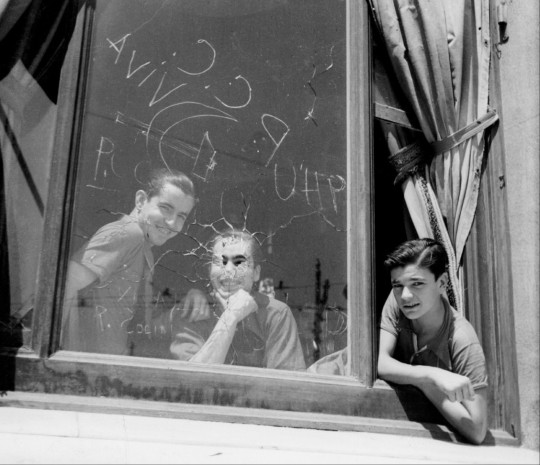
Three men in the window of the Hotel Colón, headquarters of the PSUC (United Socialist Party of Catalonia). Barcelona. August 1936
Photo: Gerda Taro
73 notes
·
View notes
Text
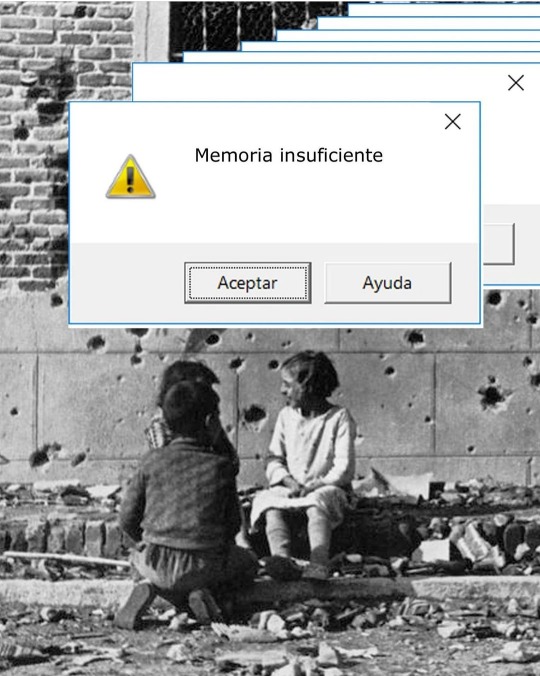
Memoria insuficiente.
Edit de Raúl Arias (@raularias en ig).
Fotografía de la Calle Peironcely número 10, Vallecas, Madrid, 1936. Por Endre Ernő Friedmann bajo el seudónimo de Robert Capa, que compartía con su compañera Gerta Pohorylle, más conocida como Gerda Taro.
En ella aparecen varies niñes jugando junto a una fachada repleta de agujeros producidos por los bombardeos fascistas que, por aquel entonces, asediaban la capital.
17 notes
·
View notes
Photo

Gerda Taro was a Jewish photographer, and the first woman photojournalist to have been killed while covering the frontline in a war. She lost her life at the Battle of Brunete during the Spanish Civil War, aged only 26.
"We all loved Gerda very much. She was petite with the charm and beauty of a child, and this little girl was brave.” Alexander Szurek
"Considering that she is even more intelligent than she is pretty, the results are great." - Robert Capa
“She looked like a silent movie star, and she knew it. She was a girl who knew how to stretch her francs and carry herself with flair.” - Marc Aronson
“The grace when you jumped, laughing at the bullets, all of this, Gerda, still heartens us.” - Luis Pérez Infante
#you are my heroine#and by heroine i mean lady hero#i don't want to inject you and listen to jazz#gerda taro#historicwomendaily#history#*
278 notes
·
View notes
Text
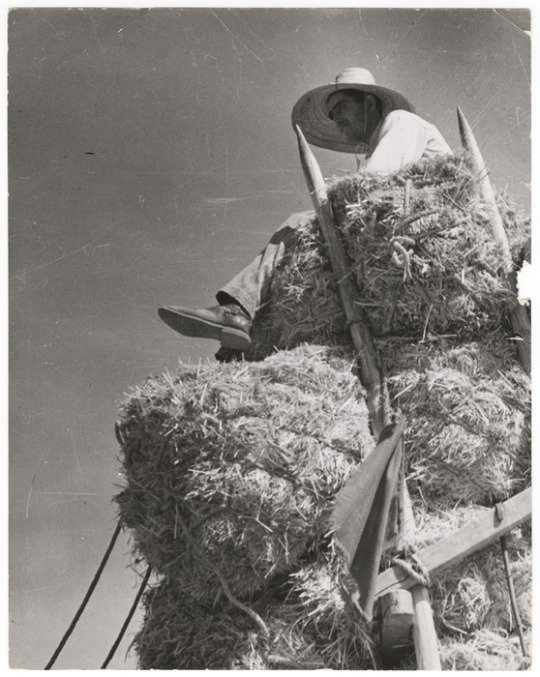
Gerda Taro, Robert Capa
Agricultural worker on bales, Aragón front
Spain, 1936
44 notes
·
View notes
Text

"Republican militiawoman training on the beach, outside Barcelona, 1936." photograph by Gerda Taro. (via)
Taro (real name Gerta Pohorylle) was a Jewish German anti-fascist photographer known for her documentation of the Spanish Civil War from 1936 to 1937. After escaping Germany in 1934, she became the assistant of Jewish Hungarian photojournalist Endre Friedmann; Taro sold her photographs to American publishers alongside Friedmann's as the work of their combined alter ego Robert Capa. Eventually she began to publish photos under her own pseudonym, while Capa retained their original alias for himself. In 1938, Capa published the photobook Death in the Making, now considered an essential primary document of the era, which included several of Taro's photographs without accreditation. Many images originally attributed to Capa were later determined to be Taro's.
Working alongside Capa and David "Chim" Seymour, Taro produced some of the most groundbreaking combat photography in history and revolutionized war photojournalism, with Taro being noted in particular for her dynamic camera angles. She died in 1937 after being struck accidentally by a tank. A month later, tens of thousands of people attended her funeral in Paris on what would have been her 27th birthday.
11 notes
·
View notes
Photo
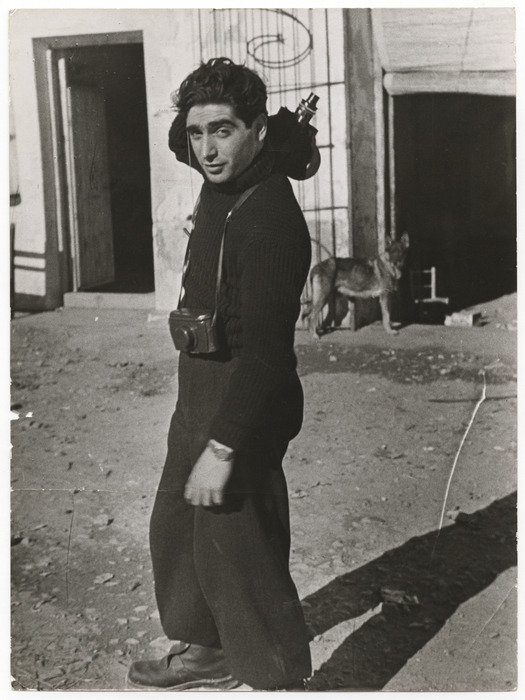
I had a name which was a little bit different from Bob Capa. The real name of mine was not too good. I was just as foolish as I am now, but younger. I couldn’t get any assignment. I needed a new name badly… And then I invented that Bob Capa was a famous American photographer who came over to Europe and did not want to bore French editors because they did not pay enough… So I just moved in with my little Leica, took some pictures and wrote Bob Capa on it which sold for double prices.
- Robert Capa
Regarded as the greatest war photographer ever, there are strangely no photos of Robert Capa the photographer before 1934. That’s because Robert Capa didn’t exist. It was an invention.
Expelled from Hungary at the age of 17, Endre Friedman bounced from Germany to France learning photography along the way. When he arrived, the man we know as Robert Capa was born. Possibly the greatest war photographer in history, Capa’s contributions are as broad as his interests.
The biography of Robert Capa is as captivating as his portfolio. After a short encounter with a communist leader in Hungary got him imprisoned, his new life on the road would be anything but ordinary. Fortunately for Capa, his mother was a seamstress for the head of police’s wife in Budapest. When she learned about her eldest son being arrested for “communist associations,” she was able to negotiate his release. This would be the first of many sticky situations that Capa danced through during his life. The terms of his release were that he had to leave Hungary and never return.
Understandably upset Capa went to Germany to complete his education until Hitler’s role forced him to move on. Finally settling in Paris, Capa met the love of his live Gerda Taro, who was working as a photo assistant - she would later tragically die in the Spanish Civil War. The combination of her creative marketing and Capa’s photographs soon solidified his role as a serious photographer. The two of them created the identity of Robert Capa. It had a good ring to it and Taro spread his images all over town, talking up his genius to the photography editors. Even after they were confronted for fraud, it was too late. The not so famous Endre Friedmann had successfully established himself as a prominent photographer of the Spanish Civil War.
He wanted to be a photographer, so he declared himself one. The rest is history.
#capa#robert capa#bob capa#quote#photography#photographer#art of photography#hunagarian#paris#spanish civil war#gerda taro#war#france#media#identity#nome de plume#icon
143 notes
·
View notes
Text

Gerda Taro: Madrid, Marzo de 1937
10 notes
·
View notes
Text
GERDA TARO // WAR PHOTOGRAPHER
“She was a German war photographer active during the Spanish Civil War. She is regarded as the first woman photojournalist to have died while covering the frontline in a war. She was the companion and professional partner of photographer Robert Capa, who, like her, was Jewish. The name Robert Capa was originally an alias that Taro and Capa shared meant to mitigate the increasing political intolerance in Europe and to attract the lucrative American market.”
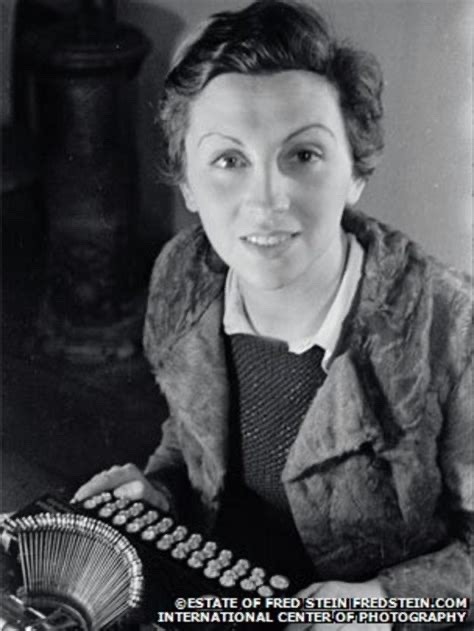
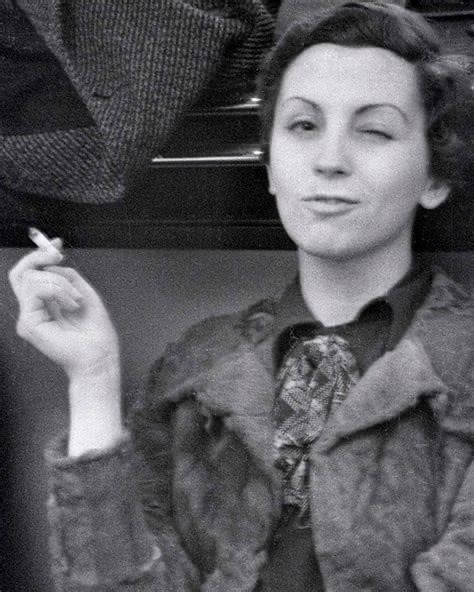
7 notes
·
View notes
Text
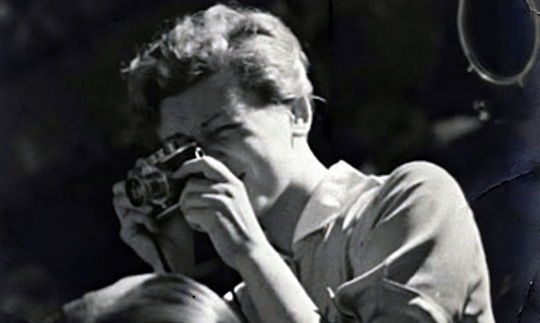
La photographe Gerda Taro sur le front de Guadalajaja, juillet 1937.
5 notes
·
View notes
Text
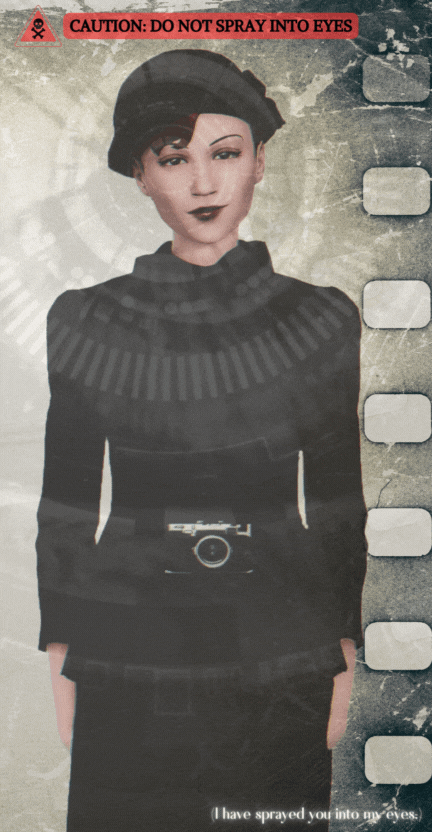
Gerda Taro (1910-1937), "The Girl with the Leica"
[Taro ] ♫ Alt-J♫ 1:43 ──⚬──── 5:15
"I think it’s significant that he [Robert Capa] never again chose a compadre to be on the road with. He was involved with another woman who was a photographer, but she was a fashion photographer. He had these women waiting in port, but he never again went on the road with a woman in the same way. He did hold Taro in a certain place inside of him." -Marina Budhos
#the sims 4#sims 4 screenshots#the longing in this song#it's something else#and the history behind it is fascinating#gerda taro#robert capa#alt j#gif warning
26 notes
·
View notes
Text

Republican militiamen. Aragón front. Spain. August 1936
Photo: Gerda Taro
64 notes
·
View notes
Text
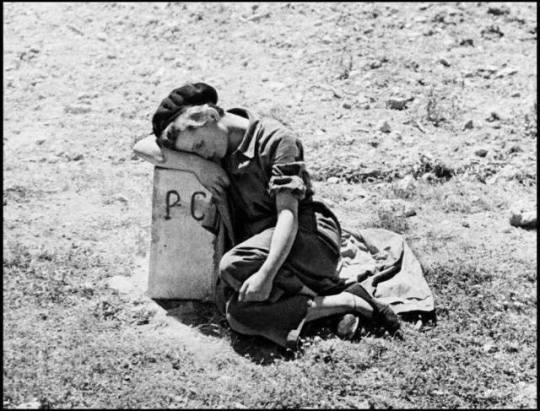
Gerda Taro by Robert Capa 1937
13 notes
·
View notes
Photo
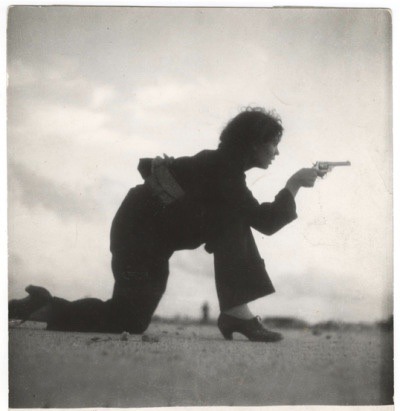
Gerda Taro, 1936.
Source: filoflife
49 notes
·
View notes
Text
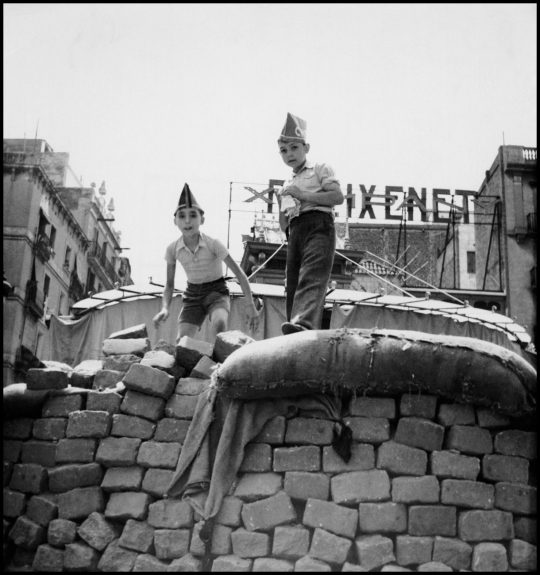
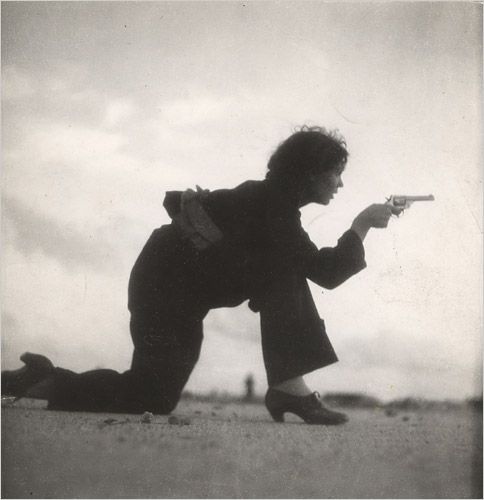
Gerda Taro
// Deux enfants sur une barricade à Barcelone, août 1936 // Woman training for a republican milicia, août 1936
8 notes
·
View notes
Text
One Last Shot: The Story of Wartime Photographer Gerda Taro by Kip Wilson - Book Review

From critically acclaimed author Kip Wilson comes this gripping coming of age historical fiction novel in verse about Gerda Taro, a vibrant, headstrong photojournalist with a passion for capturing the truth amid political turmoil and the first woman photojournalist killed in combat.
The daughter of Polish Jewish immigrants, Gerta Pohorylle doesn't quite fit in with her German classmates. While she's away at boarding school, however, she becomes a master at reinventing herself as a vibrant, confident young woman. When she returns from school, she joins a group of young activists and is arrested for distributing anti-Nazi propaganda. Her family decides she must leave Germany.
In Paris, Gerta meets Andr� Friedman, a Hungarian photographer eager for fame and fortune, who fosters Gerda's interest in photography. Together the pair reinvents their brand of photojournalism under the names Robert Capa and Gerda Taro, in part to gloss over their Jewish ancestry, and soon they're traveling to areas of military conflict and selling their photos for high prices. Gerda continues to travel solo through Europe, often the only woman in journalism circles. Her assignments eventually lead her to Spain to cover the growing conflict that is becoming the Spanish Civil War (1936-1939), part of events leading to World War II.
True to her political beliefs, Gerda pushes closer and closer to the front line, eager to capture the lives and vibrant hopes of Spanish republican forces fighting against fascism, only to lose sight of her own safety.
One Last Shot: The Story of Wartime Photographer Gerda Taro by Kip Wilson
Published: January 17, 2023 by Versify
My rating: 4 of 5 stars
As a lifelong photography lover, and a photographer myself, I loved learning about Gerda Taro. Bonus points since I also love reading about women who made history.
Written in verse it's so easy to get caught up in Gerda's world and everyday life. Kip Wilson does a great job capturing what she must have been like and gave readers yet another inspiring woman to admire.
The one thing I did and did not like was the effort of trying to make obvious parallels between 1930's Europe to everything going on today. I liked the emphasis in pointing out that history does seem to be repeating itself in various ways, but it really did feel like an effort. Almost as if they're worried readers won't get the message.
I also feel that it took away from Greda's own story, as if she were a background character to everything going on despite the fact that this is supposed to be her story.
5 notes
·
View notes
